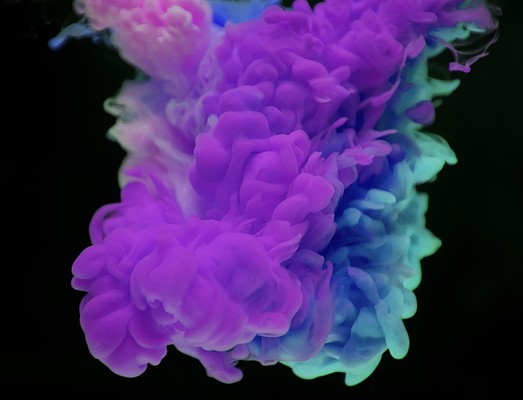Bistriflate-based Fluorogenic Probe for Detection of Superoxide
- 領域
- Research Tools and Methods
- Patent
- IP00491
Background and Market Opportunity
- Superoxide, reactive oxygen or nitrogen species are indicators of pathophysiological processes associated with aging, inflammation and progression of several diseases such ascancer and diabetics.
- Analytical techniques such as chemiluminescence and fluorescence have been developed to detect the intracellular generation of reactive species, especially the generation of superoxide in mitochondria.
- Further, probes such as MitoSOX and Dihydroethidium (HE) are available in the market to detect the intracellular and mitochondria superoxide.
- However, these techniques and probes have poor selectivity and sensitivity.
Technology Overview and Key Advantages
- The current invention discloses series of fluorescent probes that exhibit excellent sensitivity and selectivity for superoxide over a wide range of oxidants and reductants in the mitochondria of living cells.
- The probes give different fluorescent colors such as green, yellow, red or far-red. The performance of the probes was robust in multiple cellular models including inflammation and mitochondrial inhibition
- Experimental data indicted superiority of our technology against MitoSOX as highlighted in Table 1.
Advantages
- Can differentiate between potent stimulants from strong to weak, hence have high sensitivity.
- Exhibit very strong signal towards superoxide and therefore exhibits high selectivity.
- Non-toxic.
Potential Product and Applications
- A tool to study the oxidative stress in various pathologies.
- Probes for drug screening.
Development Status and IP Strength
- National phase patent application filed in the USA, China and Europe.



